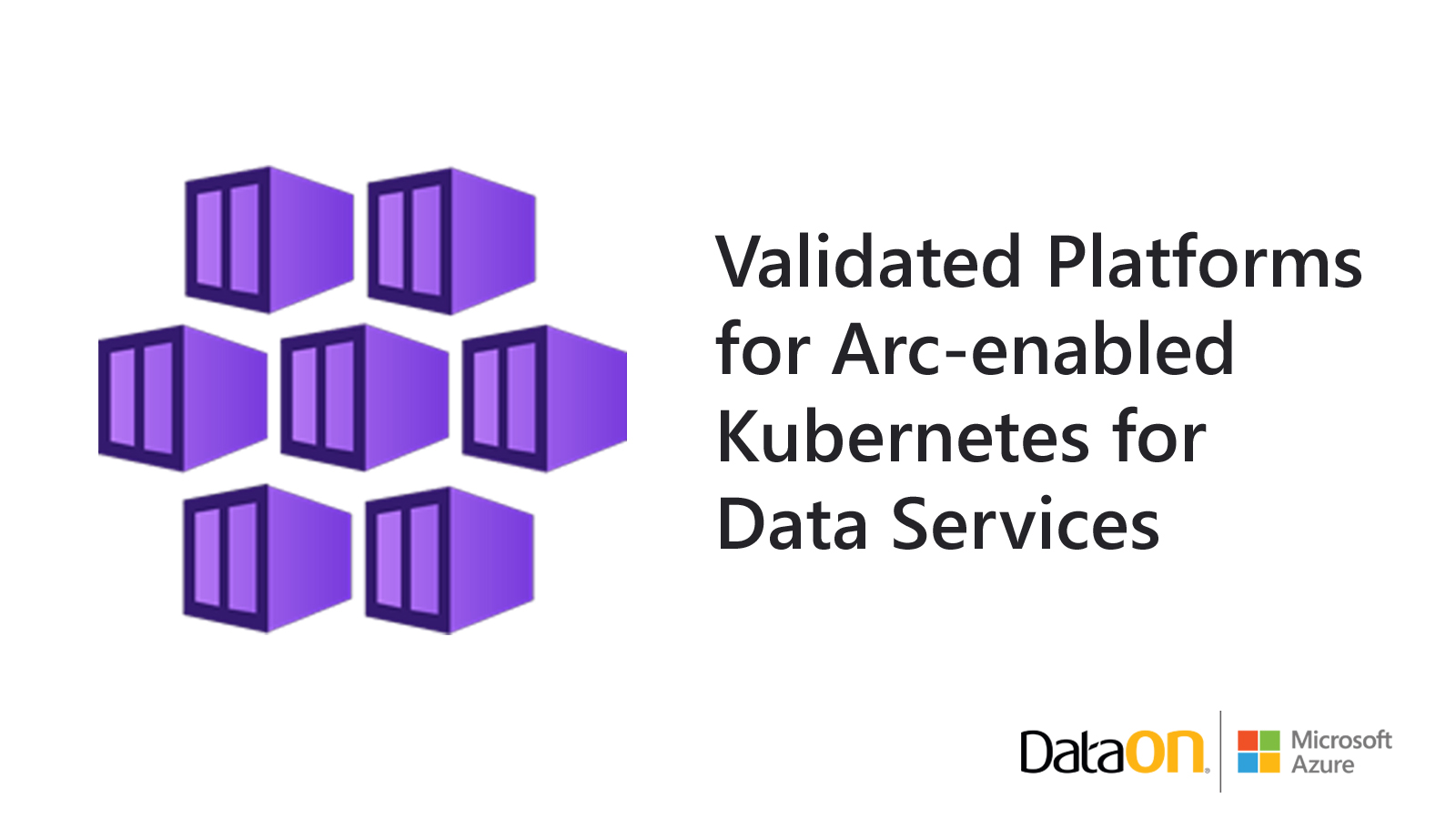What’s new with Windows at Microsoft Ignite 2023!

By Harjit Dhaliwal This week at Microsoft Ignite, we’re showing you how Windows is empowering employees and IT in the AI-enabled and cloud-powered future. As an operating system, Windows makes computing accessible to billions. But we’re not stopping there. We believe that everyone can use technology to do and achieve more. We think technology should … What’s new with Windows at Microsoft Ignite 2023!







